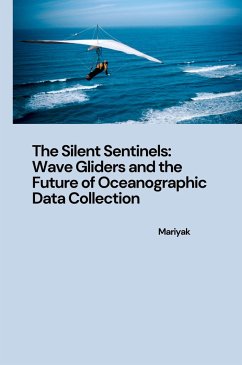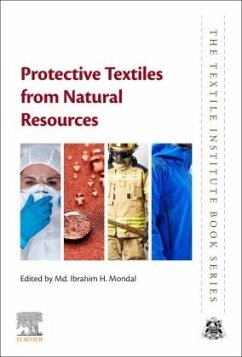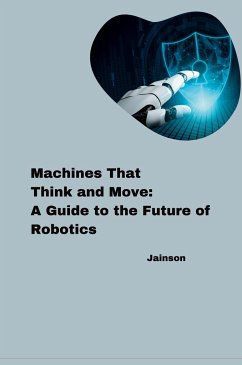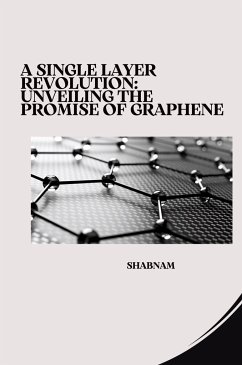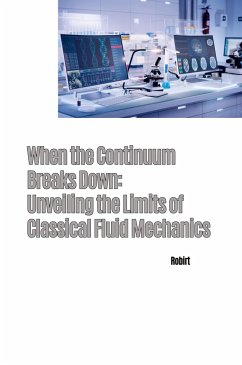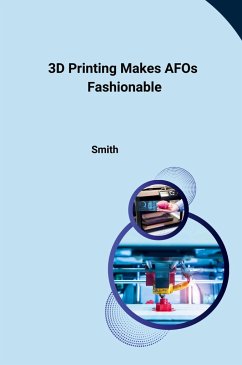Nicht lieferbar
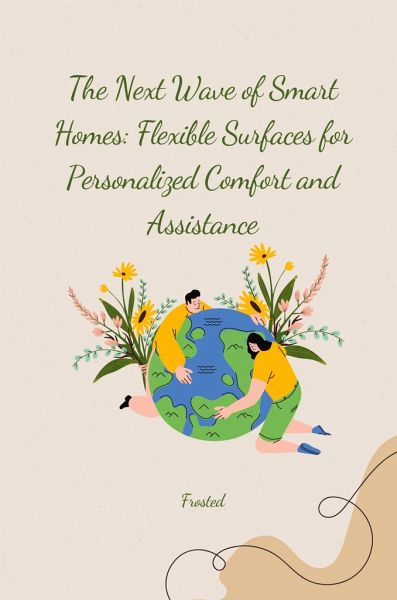
The Next Wave of Smart Homes: Flexible Surfaces for Personalized Comfort and Assistance
Versandkostenfrei!
Nicht lieferbar
Unobtrusiveness is crucial, as Mark Weiser has put it in his famous article [Wei99]: "The most profound technologies are those that disappear. They weave themselves into the fabric of everyday life until they are indistinguishable from it." The goal is to seamlessly integrate sensing devices into the environment until they become a part of it. Since then, many applications were created. These are increasing the comfort of their users through equipping every-day objects with sensors, making them 'smart' e.g. smart watches, smart TVs, smart scales. What can be observed, is that most of these sma...
Unobtrusiveness is crucial, as Mark Weiser has put it in his famous article [Wei99]: "The most profound technologies are those that disappear. They weave themselves into the fabric of everyday life until they are indistinguishable from it." The goal is to seamlessly integrate sensing devices into the environment until they become a part of it. Since then, many applications were created. These are increasing the comfort of their users through equipping every-day objects with sensors, making them 'smart' e.g. smart watches, smart TVs, smart scales. What can be observed, is that most of these smart objects as part of a smart environment are rigid. They have sensors attached to them or integrated into them. However, surfaces with which users come in contact within their homes or their working environment are exible, such as the cushion of the office chair, the couch, or the bed. This group of objects is less present, since seamlessly integrating sensors into them is a challenge. However, as sensing technologies evolve, objects which were initially rigid develop to a bendable or completely exible form e.g. smartphones or large screen TVs. From the beginning of the TV, it has changed his form factor significantly, getting atter and atter and even getting curved and foldable like a poster [Ver]. These objects provide the possibility to integrate sensors into them, leveraging the exibility and bendability of objects.






